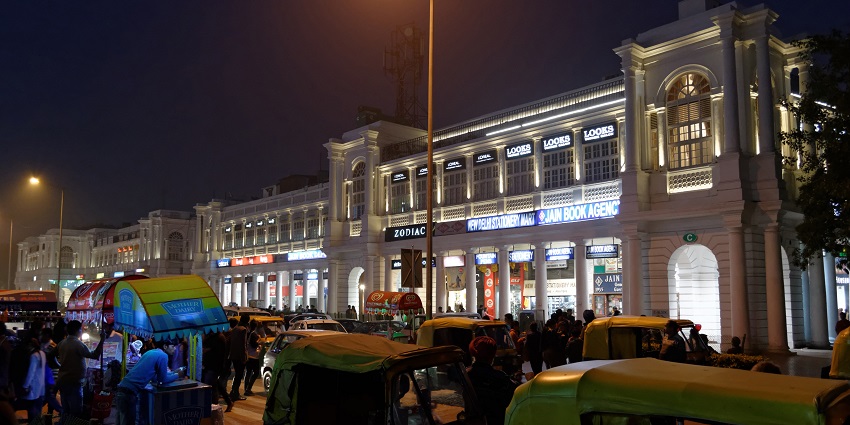
Delhi: The Protest Is Over, And The Clean-Up Starts. At Protest Locations, Barricades And Barbed Wire Are Being Disassembled, And Highways May Reopen This Week
On Sunday, the last of the temporary dwellings along the Singhu boundary were disassembled or packed away, and the Delhi Police barriers were removed.
According to a senior police official at the scene who did not want to be identified, four out of five levels of barriers had been virtually totally destroyed. Heavy equipment was used to remove the concrete blocks, but several shipping containers and concertina wires remain. After the violence during the farmers’ march on January 26, the barriers were reinforced even further.
“Some of the protest site’s most sturdy constructions have yet to be destroyed. “It would be conceivable to contemplate opening the route to traffic two days later if those are cleared tomorrow, the debris on the road removed, and repairs are completed,” the police officer stated.
The majority of the tents used by the police team that was stationed at the location 24 hours a day have also been evacuated. On Sunday, the site’s heaters and coolers were returned, and the remaining tents would be demolished by Monday. “At Singhu, we have multi-layer barricading — over 200 temporary and permanent barriers.” “By Monday evening, the roads should be available for vehicle traffic,” stated another officer.
Gurtej Singh was gathering his belongings and getting ready to depart for Bathinda on Monday at the protest site, which was littered with broken concrete, bamboo, and straw. He’ll take the temporary house they erected at the location a year ago with him.
The bamboo and straw construction was mounted onto a multi-axle truck on Sunday evening. “Last December, we spent a month making it. It took a long time and a lot of work. “The walls are coated with mud, which helps to keep the construction cool in the heat,” explained Mohali resident Ravinder Singh.
He stated the home will be transported to a Bathinda orphanage and maintained as a memorial to the protest. The front walls of the building were painted by a Bathinda artist with depictions of farmers and their demands.
On Sunday evening, those who remained at the protest site lighted candles in honor of the farmers who died during the demonstration.
Meanwhile, store owners whose businesses border the protest site are torn between satisfaction that the highway will reopen to normal traffic after being redirected since the demonstration started and the oddity of the protest site no longer being there.
“When the roadway reverts to what it was more than a year ago, it will be weird for a while.” “It’s almost as if a whole hamlet has been uprooted,” Pawan Kumar, a Narela native who operates a kirana shop near Singhu’s main stage, said.
“We had a front-row seat to everything that went on here.” “This is something about which future generations will tell legends,” he remarked.
Over the last year, certain stores in the area have been closed on and off, he noted. “We’re delighted that the protesters’ job here is done, and we can go back to normal business,” Tek Chand, who operates a neighboring tea shop that was temporarily closed during the last year, said.
At the Ghazipur border, police claimed that after all demonstrators had left the area, the roads would be cleaned. “By December 15, we expect them to go.” The highways will be available for smooth traffic after the scene is cleared. In Delhi, we have already taken down barriers on one side. “The remainder will be removed as quickly as possible,” a police officer remarked.



